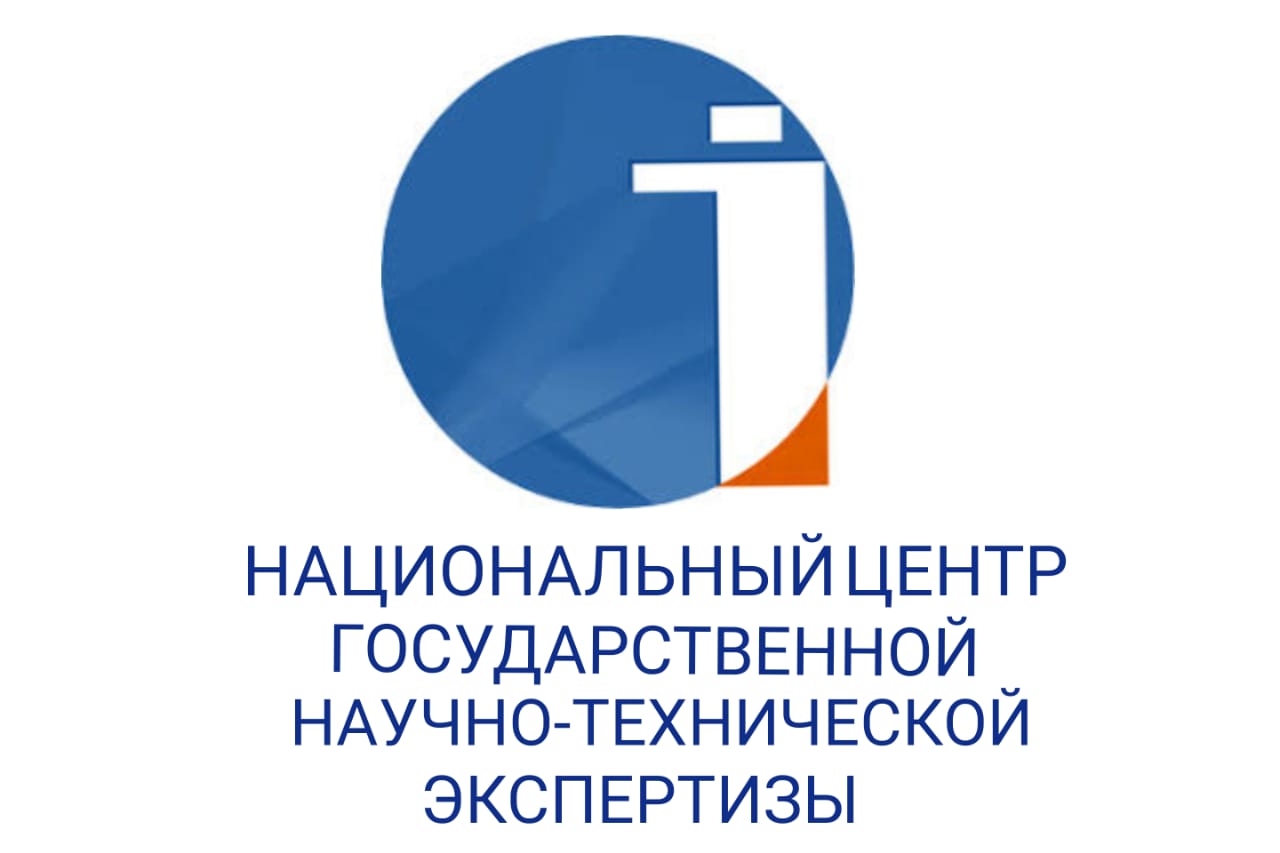LINGUISTIC REPRESENTATION OF GENDER CONSCIOUSNESS IN ENGLISH AND RUSSIAN-LANGUAGE MEDIA TEXTS
DOI:
https://doi.org/10.48371/PHILS.2025.3.78.005Keywords:
gender consciousness, media texts, identity, man, woman, personality, languageAbstract
This article examines the concept of gender consciousness, its genesis and interpretation. The genesis of the formation of identity and its consciousness has come a long way, starting its development from the primitive communal system. The struggle for power, for dominance in society, historical events, as well as many other factors have created the conditions for the formation of modern gender consciousness, in which a man plays a dominant role. Despite the traditional ideas about men and women, we are witnessing the flourishing of women's self-awareness, formation and progressivism. The anthropocentric paradigm explores key concepts related to humans, thinking, and speech. Within the framework of this paradigm, many new directions arise that explore the interaction of gender with other aspects of science, language, and man in general: gender linguistics, feminist criticism, gender politics, sociolinguistics, and others. One of the most important issues considered by scientists is the concept of gender identity. The gender identity of the new generation is a developed, cultural, social personality, less and less dependent on the gender of a person. This identity has such a gender consciousness that expands the possibilities of a person regardless of his gender. The scientific significance of the study lies in the study of the linguistic representation of gender relations in the media. The practical significance of the work is aimed at identifying the linguistic features of media texts. The article presents the results of a study of gender consciousness in the media texts of American and Russian media. The authors noted not only the stylistic and lexical features of male and female journalistic speech, but also demonstrated the distinctive features of information transmission by male and female authors.








